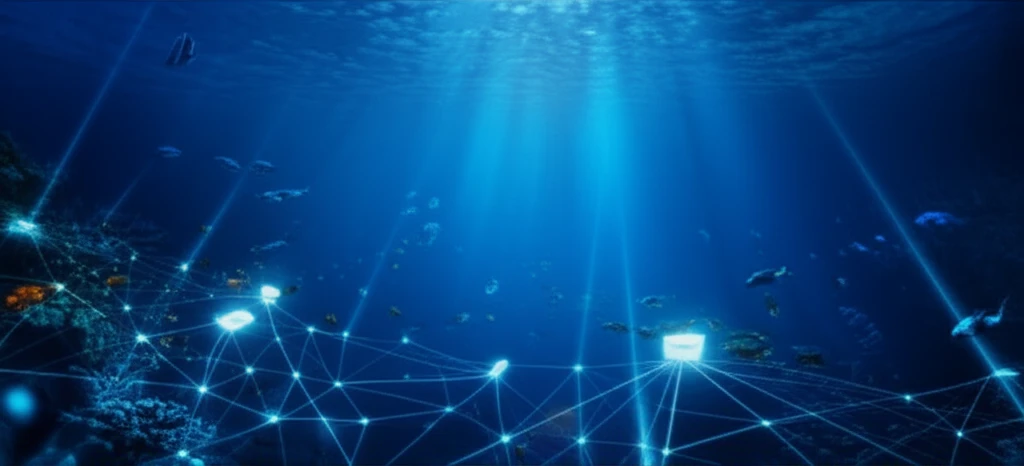
Navigating the Deep: How Smart Routing Can Fix Underwater Wireless Sensor Networks
"Dive into the challenges and innovative solutions for reliable underwater communication."
Imagine a world where we can effortlessly monitor the deepest parts of our oceans, track marine life, and even harvest resources sustainably. Underwater wireless sensor networks (UWSNs) are making this vision a reality, opening doors to countless applications from environmental monitoring to resource management. The ability to efficiently and reliably transmit data underwater is key to unlocking these possibilities.
However, the underwater environment presents unique challenges. Unlike terrestrial networks, UWSNs face issues such as signal attenuation, propagation delays, and node mobility due to water currents. These factors can significantly impact network performance and reliability, making traditional routing protocols ineffective.
This article explores innovative routing protocols designed specifically for UWSNs, focusing on non-cross-layer approaches that address mobility and time-delay challenges. We'll dive into the advantages, limitations, and performance of these protocols, offering insights into how they're shaping the future of underwater communication and exploration.
Decoding Non-Cross-Layer Routing Protocols

Non-cross-layer routing protocols offer a streamlined approach to underwater communication by focusing on specific layers of the network stack. This contrasts with cross-layer designs that attempt to optimize performance by sharing information between layers, but often at the cost of increased complexity. In UWSNs, non-cross-layer protocols provide a balance between efficiency and manageability, making them well-suited for the challenges of the underwater environment.
- Mobility-Based Routing: These protocols account for the movement of sensor nodes caused by water currents. They aim to maintain reliable communication links despite node displacement.
- Time-Delaying Routing: These protocols address the significant propagation delays experienced by acoustic signals underwater. They focus on minimizing delays and ensuring timely data delivery.
The Future of Underwater Communication
Non-cross-layer mobility-based and time-delaying routing protocols represent a significant step forward in underwater wireless sensor network technology. By addressing the unique challenges of the underwater environment, these protocols enable more reliable and efficient data transmission, paving the way for a wide range of applications.
As research in this field continues, we can expect to see further innovations in routing protocols, sensor technology, and energy management. These advancements will drive the development of more sophisticated and capable UWSNs, enabling us to unlock the full potential of our oceans.
Whether it's monitoring climate change, exploring marine ecosystems, or managing underwater resources, UWSNs are poised to play a crucial role in our understanding and stewardship of the underwater world. The future of underwater communication is bright, and these innovative routing protocols are leading the way.
